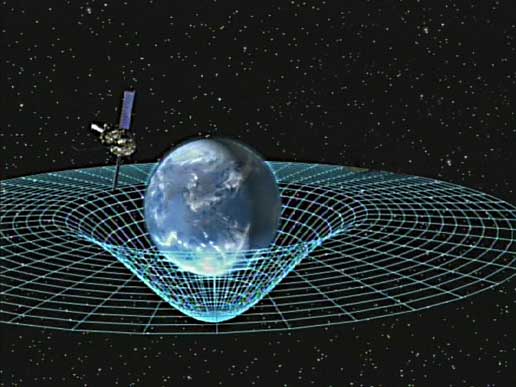In the vast expanse of the universe, our understanding of gravity, a fundamental force, is being challenged. Recent findings from South Korea’s Sejong University have unveiled anomalies in the gravitational behavior of “wide binary” stars, suggesting that our current theories might not be the complete picture.
The Newton-Einstein Legacy
In 1687, Sir Isaac Newton introduced the world to the Law of Universal Gravitation, a groundbreaking concept that proposed every object attracts another in proportion to its mass. This theory served as the bedrock of our understanding of the universe for centuries. However, its limitations became evident when it failed to explain phenomena like black holes and gravitational waves. Enter Albert Einstein in the early 20th century with his Theory of General Relativity, patching the gaps left by Newton. Yet, as vast and mysterious as space is, even Einstein’s equations have their boundaries.
The Wide Binary Anomaly
The recent study from Sejong University focused on the orbital motions of long-period, widely separated binary stars, commonly known as “wide binaries.” After analyzing data from 26,500 such binaries within 650 light-years, captured by the European Space Agency’s Gaia space observatory, an intriguing pattern emerged. At extremely low orbital accelerations, around 0.1 nanometers per second squared, the observed accelerations deviated by 30 to 40 percent from what the Newton-Einstein models predicted. This deviation only occurred at these ultra-low accelerations, suggesting a specific anomaly in our understanding of gravity.
Dark Matter vs. MOND
The standard model of gravity relies heavily on the concept of dark matter, an elusive and hypothetical form of matter and energy believed to constitute a majority of the universe. This dark matter might be influencing the strange gravitational interactions observed. However, the study introduces an alternative theory: Modified Newtonian Dynamics (MOND), first proposed in 1983 by Israeli scientist Mordehai Milgrom. Surprisingly, a MOND-influenced theory, co-authored by Milgrom, called A Quadratic Lagrangian (AQUAL), might explain the unexpected acceleration boost observed in the study.
Similar Post
Implications and Future Directions
The findings from this study have profound implications for astrophysics, theoretical physics, and cosmology. If the anomalies in wide binaries are confirmed, they could demand a new theory extending general relativity to the low acceleration MOND limit. Just as anomalies in Mercury’s orbits in the 19th century paved the way for Einstein’s general relativity, these new findings might be heralding another revolution in our understanding of the universe.
Expert Opinions and the Road Ahead
The scientific community has responded with a mix of enthusiasm and caution. Xavier Hernandez, who first suggested wide binary tests of gravity, finds the results robust enough to qualify as a discovery. Pavel Kroupa, echoing similar sentiments, believes the data implies a shift from Newtonian to Milgromian gravitation. However, as with all groundbreaking findings, independent analyses and further research are crucial. The universe remains a vast mystery, and as we delve deeper, it continues to surprise, challenge, and inspire us.


















